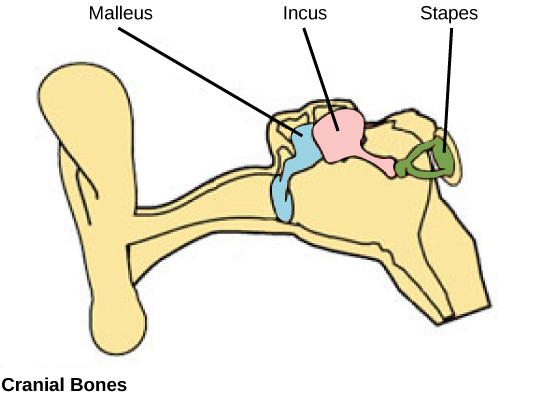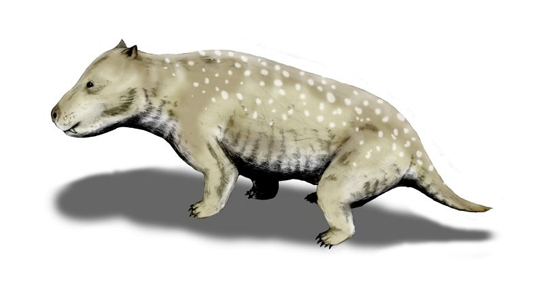| << Chapter < Page | Chapter >> Page > |

The adductor muscle that closes the jaw is composed of two muscles in mammals: the temporalis and the masseter. These allow side-to-side movement of the jaw, making chewing possible, which is unique to mammals. Most mammals have heterodont teeth , meaning that they have different types and shapes of teeth rather than just one type and shape of tooth. Most mammals are diphyodonts , meaning that they have two sets of teeth in their lifetime: deciduous or “baby” teeth, and permanent teeth. Other vertebrates are polyphyodonts, that is, their teeth are replaced throughout their entire life.
Mammals, like birds, possess a four-chambered heart. Mammals also have a specialized group of cardiac fibers located in the walls of their right atrium called the sinoatrial node, or pacemaker, which determines the rate at which the heart beats. Mammalian erythrocytes (red blood cells) do not have nuclei, whereas the erythrocytes of other vertebrates are nucleated.
The kidneys of mammals have a portion of the nephron called the loop of Henle or nephritic loop, which allows mammals to produce urine with a high concentration of solutes, higher than that of the blood. Mammals lack a renal portal system, which is a system of veins that moves blood from the hind or lower limbs and region of the tail to the kidneys. Renal portal systems are present in all other vertebrates except jawless fishes. A urinary bladder is present in all mammals.
Mammalian brains have certain characteristics that differ from other vertebrates. In some, but not all mammals, the cerebral cortex, the outermost part of the cerebrum, is highly folded, allowing for a greater surface area than is possible with a smooth cortex. The optic lobes, located in the midbrain, are divided into two parts in mammals, whereas other vertebrates possess a single, undivided lobe. Eutherian mammals also possess a specialized structure that links the two cerebral hemispheres, called the corpus callosum.
Mammals are synapsids, meaning they have a single opening in the skull. They are the only living synapsids, as earlier forms became extinct by the Jurassic period. The early non-mammalian synapsids can be divided into two groups, the pelycosaurs and the therapsids. Within the therapsids, a group called the cynodonts are thought to be the ancestors of mammals ( [link] ).

A key characteristic of synapsids is endothermy, rather than the ectothermy seen in most other vertebrates. The increased metabolic rate required to internally modify body temperature went hand in hand with changes to certain skeletal structures. The later synapsids, which had more evolved characteristics unique to mammals, possess cheeks for holding food and heterodont teeth, which are specialized for chewing, mechanically breaking down food to speed digestion and releasing the energy needed to produce heat. Chewing also requires the ability to chew and breathe at the same time, which is facilitated by the presence of a secondary palate. A secondary palate separates the area of the mouth where chewing occurs from the area above where respiration occurs, allowing breathing to proceed uninterrupted during chewing. A secondary palate is not found in pelycosaurs but is present in cynodonts and mammals. The jawbone also shows changes from early synapsids to later ones. The zygomatic arch, or cheekbone, is present in mammals and advanced therapsids such as cynodonts, but is not present in pelycosaurs. The presence of the zygomatic arch suggests the presence of the masseter muscle, which closes the jaw and functions in chewing.

Notification Switch
Would you like to follow the 'Biology' conversation and receive update notifications?